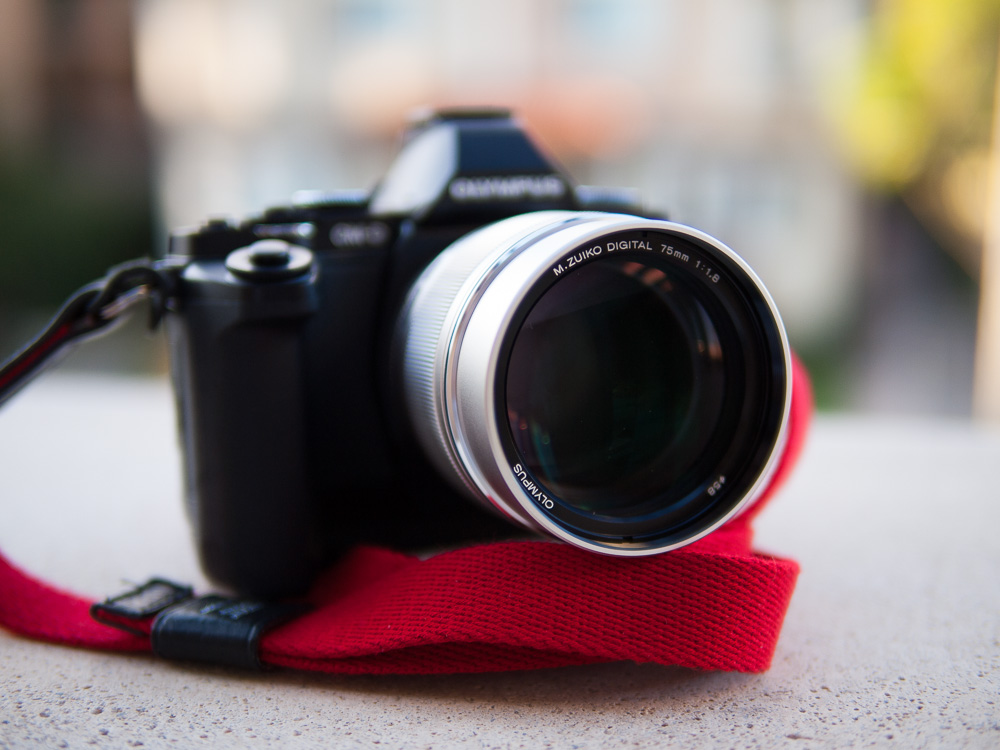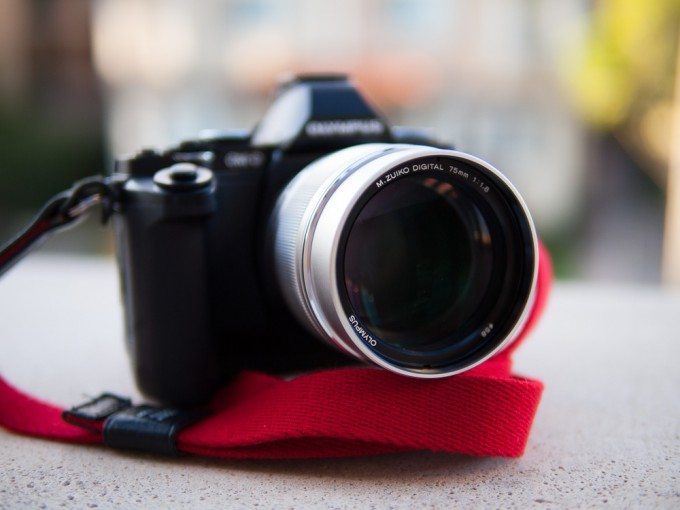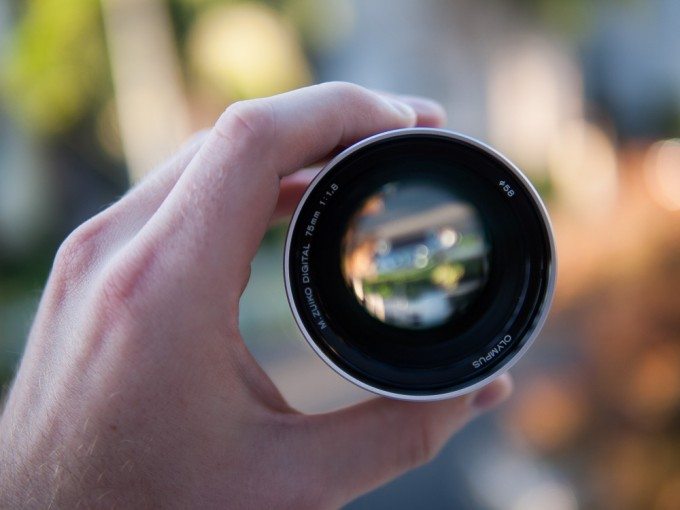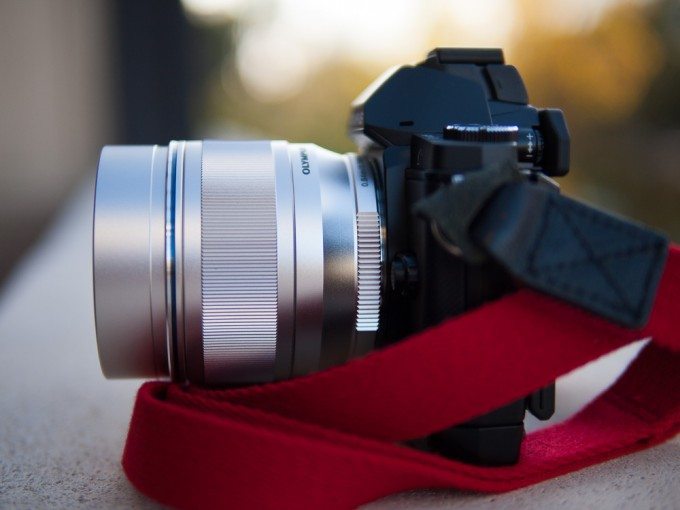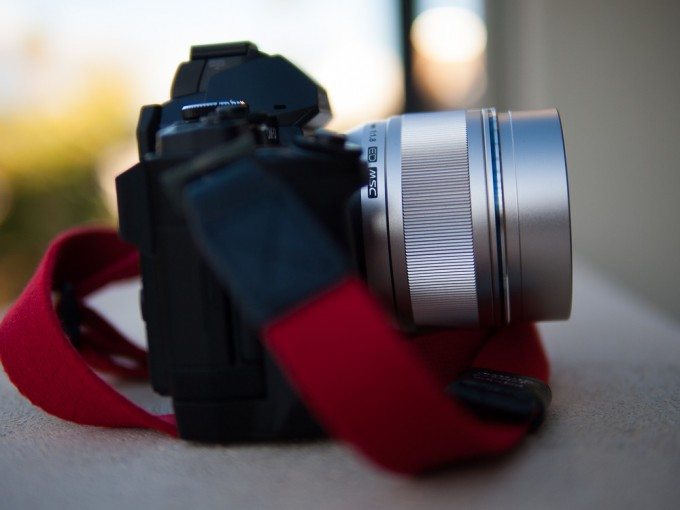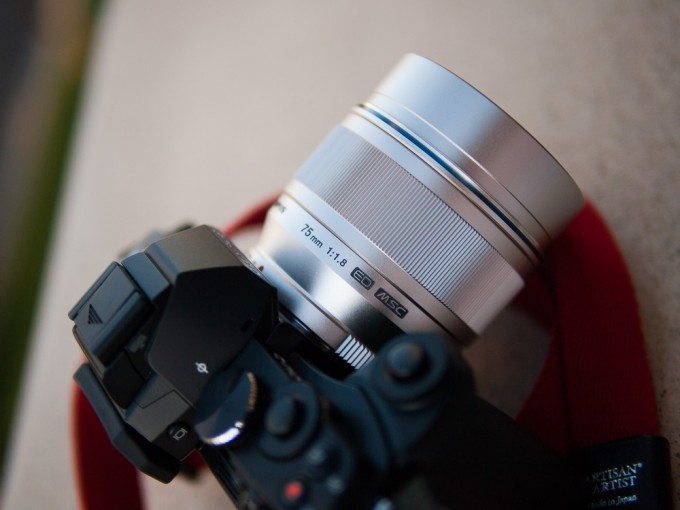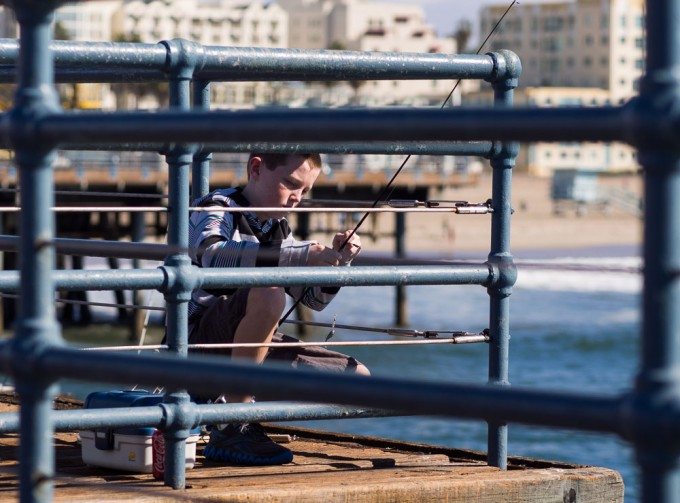2012 has been quite a year for Olympus, beginning with the release of their incredibly exciting and postively reviewed OM-D E-M5 micro four thirds body to complement their steadily growing selection of high-end lenses for this system. The 12mm f2 and 45mm f1.8 lenses from Olympus were very well received, and have become standards for anyone looking for high end prime lenses for this format. But earlier this year, Olympus added 2 more lenses to this lineup: the 60mm f2.8 macro, and this lens, the 75mm f1.8. I spent some time with this lens, and took a trip out to the Santa Monica pier to see how well it fit in with Olympus’ premium lens lineup.
Tech Specs
Taken from B&H Photo and Video
| Features | |
|---|---|
| Image Stabilization | No |
| Autofocus | Yes |
| Tripod Collar | No |
| Physical | |
|---|---|
| Filter Thread | Front: 58 mm |
| Dimensions (DxL) | Approx. 2.52 x 2.72″ (6.40 x 6.91 cm) |
| Weight | 10.76 oz (305 g) |
Ergonomics and Handling
Make no mistake, this is one hefty piece of glass. The front element is enormous, and the whole lens, constructed entirely of metal, is quite a bit wider in diameter than most other micro four thirds lenses. The 58mm filter thread may seem small by DSLR standards, but is particularly large in the world of smaller format cameras such as my OM-D E-M5.
It’s also worth noting that this is not a light lens by any means. In fact, its weight is reminiscent of many of Leica’s lenses which may feel great in the hand, can make it difficult to carry around for any length of time.
I also found that using this lens with the OM-D is most comfortable when using the optional battery grip attachment. The lens’ weight will make any camera feel front-heavy, and the battery grip attachment helps balance that out and gives a little bit more to grab onto to help counterbalance the weight.
It does tend to feel out of place on a smaller body, like my E-P1. Not to say that it can’t be used, but it’s much less comfortable and definitely requires two hands to shoot with comfortably.
Autofocus
As with Olympus’s other MSC lenses, focusing with this lens on my OM-D E-M5 is near instant, with no hunting or inaccuracy in good light. Olympus has really done an amazing job with their modern lenses to make them live up to their “fastest autofocus in the world” claim, and this lens is no exception. When used on my OM-D E-M5, I only encountered issues in very low light, which resulted in occasional hunting, but never a failure to lock. If you’ve spent any time with any of Olympus’s MSC lenses, then the performance of this lens won’t be any surprise to you.
All that said, using this lens on an older pre-E-P3 body will result in much slower autofocus performance, but still nothing to shake a stick at. Once locked, focus still proved to be accurate and sharp, with only severely missed focuses occurring while shooting in extremely low light.
Image Quality
There’s so much to like about the images that come from this lens, I don’t even know where to begin. First, I should mention that this isn’t a particularly easy focal length to shoot with, especially for me, as I’m primarily a street shooter and am accustomed to the 35-50mm range. 150mm equivalent is quite long, and I found it to be a great exercise in how I go about shooting. I was definitely outside of my comfort zone, but I had quite a bit of fun with it.
As a 75mm f1.8 lens, it is capable of extremely shallow depth of field, even despite the smaller micro four thirds sensor. Out of focus elements are creamy and smooth at all apertures, and have proven to be some of the most pleasing bokeh of any micro four thirds lens on the market today. In fact, I found it to be more pleasing than even some Leica glass costing several thousand dollars more.
This lens isn’t just about the bokeh though, it’s also about sharpness. The 100% crop below shows just how sharp this lens can be, and it also showcases the power and accuracy of the OM-D EM-5‘s focusing system.
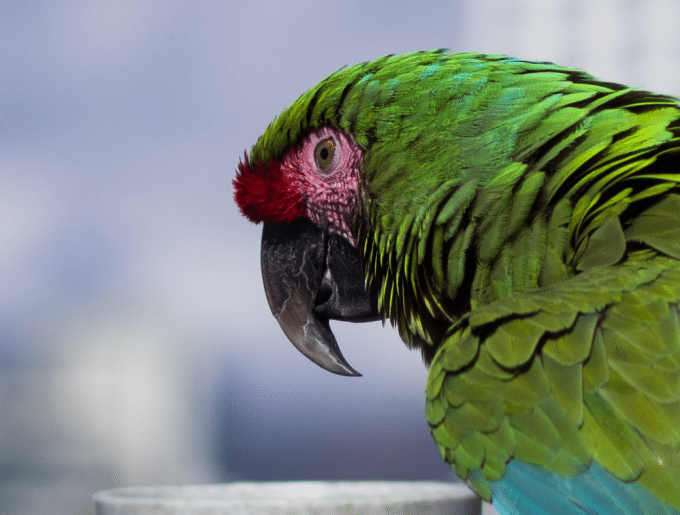
Images at f1.8 are breathtakingly sharp. So much so that I even began to question whether or not my EXIF data was correct. There’s very little discernable difference in sharpness between f1.8 and f5.6, which is awfully unusual for a fast prime lens like this one. It also exhibits no noticeable vignetting at any aperture, which means that this lens seems to be immune to the two major issues that generally plague fast prime lenses.
In addition, colors are rich and true to life, and skin tones glow beautifully, which is important as this is primarily meant for portraits. Overall the performance of this lens is truly incredible.
Conclusion
I’ll admit, I had read several reviews of this lens before I had the chance to shoot with it, and I was skeptical about whether or not it could possibly live up to the overwhelmingly positive things people have said about it. In the end, it exceeded my expectations by a long shot, and I believe it redefines the standards at which micro four thirds lenses should be built.
The build is the first sign of quality, but the excellence continues throughout the optics and the result is nothing short of amazing. Images are sharp, pleasing to the eye, and color pops beautifully. Weight could certainly be a concern if you’re travelling with this lens, or shooting with a smaller body like an E-P3 or an E-PM1, but the tradeoff is well worth it–a tremendously good portrait lens at what I believe to be a fair price. $899 is not exactly what I would call cheap, especially in the world of micro four thirds, but it’s an absolute bargain for a lens of this quality. If a high quality portait lens is what you’re looking for, then I have no doubt that this is the one for you.
Buy now on Amazon or B&H Photo and Video.
Please Support The Phoblographer
We love to bring you guys the latest and greatest news and gear related stuff. However, we can’t keep doing that unless we have your continued support. If you would like to purchase any of the items mentioned, please do so by clicking our links first and then purchasing the items as we then get a small portion of the sale to help run the website.


